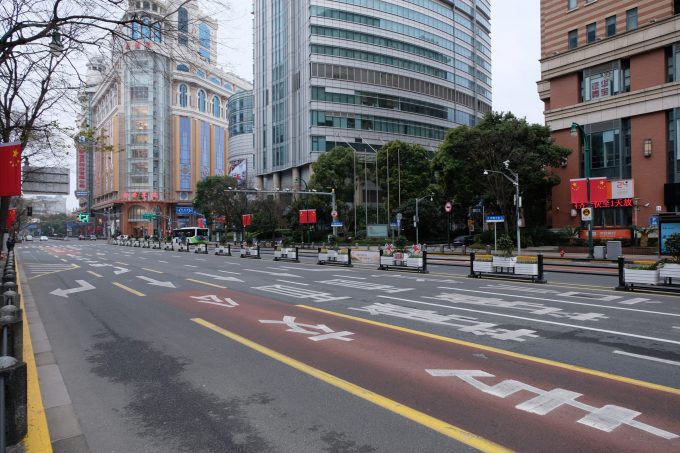RTR: CVC urges Deutsche Bahn to reconsider Schenker sale to DSV, letter shows
REUTERS reports here: Financial investor CVC is urging German state railway conglomerate Deutsche Bahn to reconsider ...

The Shanghai lockdown could prove a more powerful driver of migration for China-sourced goods than trade conflicts and the disruptions of the past two years, one expert has warned.
Lockdowns have decimated international freight flows from China’s powerhouse, casting an ever-lengthening shadow over international supply chains.
Numbers released by FourKites show the two-week average shipment volume from China to the US was down 20% as of 29 April, from the period just before the lockdown. The two-week average out of Shanghai was ...
Asia-USEC shippers to lose 42% capacity in a surge of blanked sailings
USTR fees will lead to 'complete destabilisation' of container shipping alliances
New USTR port fees threaten shipping and global supply chains, says Cosco
Outlook for container shipping 'more uncertain now than at the onset of Covid'
Transpac container service closures mount
DHL Express suspends non-de minimis B2C parcels to US consumers
Zim ordered to pay Samsung $3.7m for 'wrongful' D&D charges
Uncertainty over US tariffs sparks interest in bonded warehouses for imports

Comment on this article
Scott Sereboff
May 14, 2022 at 1:44 amHas anyone looked at the math associated with things such as chip production, or hard drive manufacturing, when production is done in China versus anywhere else? Where is the bisection where it simply becomes cheaper to manufacture these products at or closer to home? If that happens, then where does that leave the part of the Chinese economy that depends on being a major supplier for products such as the above?